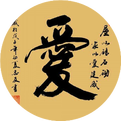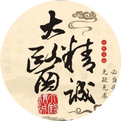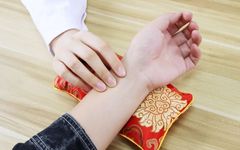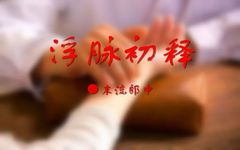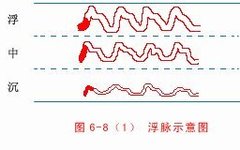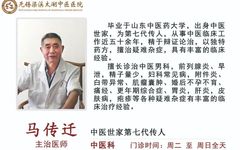What is a Floating Pulse?
In Traditional Chinese Medicine (TCM), the term “floating pulse” (fu mai) is frequently mentioned during pulse diagnosis. Many people notice a floating pulse when they have a cold. However, some individuals may not have a cold, yet the doctor still describes their pulse as floating. What does this mean? Today, let us learn about the … Read more


